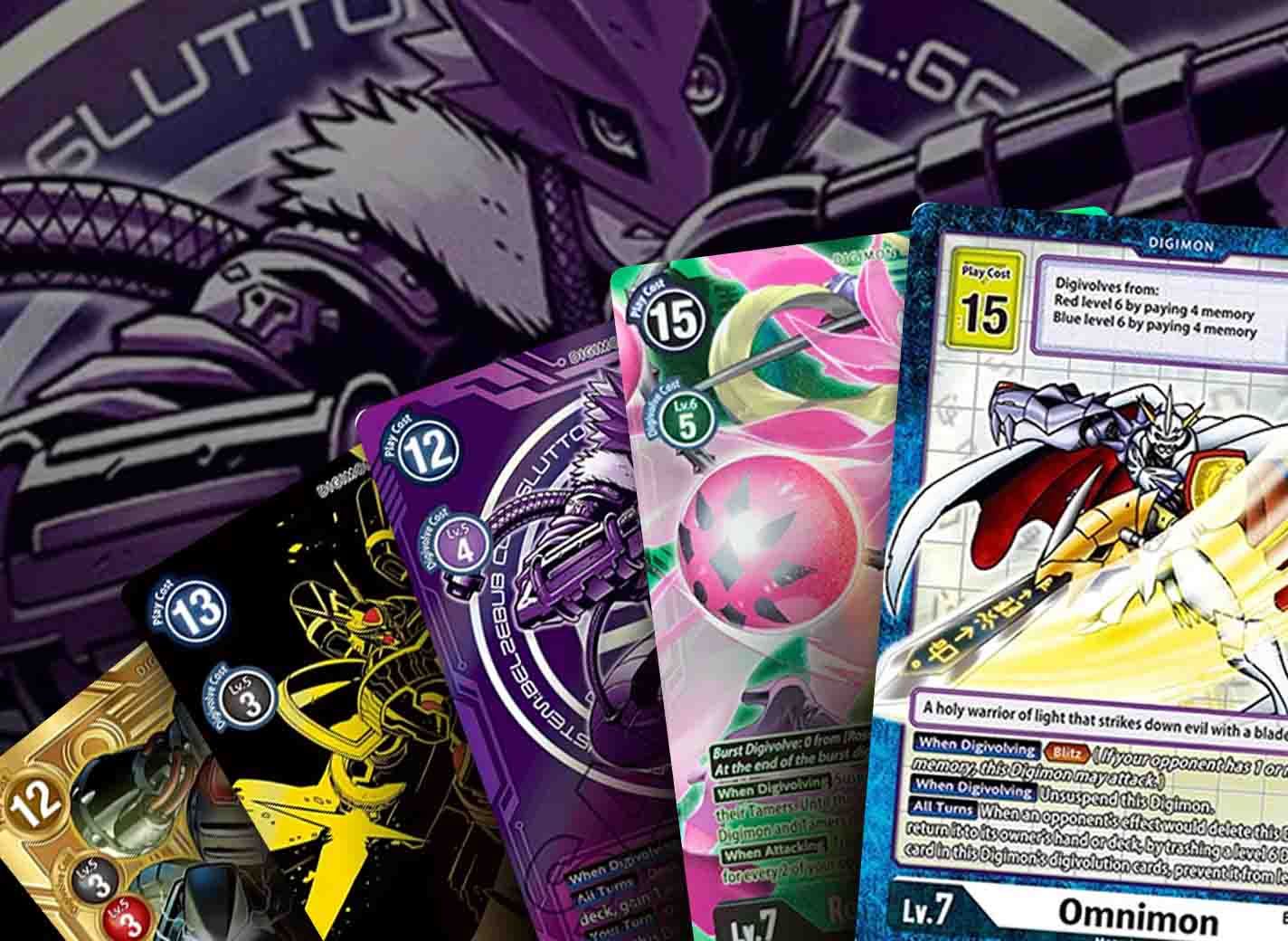
The Digimon trading card game has undergone a remarkable transformation since its relaunch in 2020. Once a nostalgic memory for fans of the early 2000s, the game has reemerged as a competitive and evolving part of the tabletop gaming scene. Combining modern card mechanics with beloved digital monster lore, the updated version has carved a distinct identity in the crowded landscape of trading card games.
When the Digimon trading card game was relaunched, it introduced a completely revamped rule set, moving away from older, more cumbersome systems. The new gameplay focused on tempo, resource management, and strategic evolution mechanics. Central to this was the Memory Gauge — a shared resource pool that adds dynamic back-and-forth gameplay. This innovative mechanic encourages players to think several turns ahead while balancing aggression and defense, making each match a tactical battle.
Another notable change was the introduction of color-coded card types that determine deck-building strategies and play styles. Each color represents different traits and tactics — for example, red emphasizes raw power and aggression, while blue focuses on card manipulation and control. This color identity has allowed players to customize decks based on personal strategy, increasing the depth and variety of gameplay.
Since 2020, the game has consistently expanded through structured booster sets and themed decks. Each new release introduces fresh Digimon, unique effects, and evolving strategies, ensuring the meta remains dynamic and engaging. These expansions often reflect different eras or story arcs from the Digimon universe, providing both longtime fans and new players with familiar characters and lore-driven gameplay.
Tournament play has also played a significant role in the growth of the Digimon trading card game. Official events, online competitions, and community-run tournaments have cultivated a vibrant, competitive scene. As the game continues to evolve, so do the strategies, with players adapting to new mechanics and countering popular meta decks. The high level of competition, combined with the game’s accessibility, has helped it maintain relevance in the ever-competitive TCG world.
Another key factor in the game’s success is its artwork and production quality. Each card features detailed illustrations that bring the digital monsters to life, appealing to both collectors and players. The high-quality design, combined with balanced gameplay, has made the game a favorite among fans of anime-inspired card games.
The Digimon trading card game has also embraced digital tools, including apps and online platforms for deck-building and card tracking. These additions have made it easier for players to organize their collections and stay informed about new releases and rule updates.
In summary, the evolution of the Digimon trading card game since 2020 has been defined by innovative mechanics, strong thematic ties, and a growing global community. With consistent support and a focus on strategic depth, it has proven to be more than just a nostalgic revival. It is now a modern, competitive, and ever-evolving card game that stands on its own in today’s TCG landscape.
Comments on “The Evolution of the Digimon TCG Since Its 2020 Relaunch”